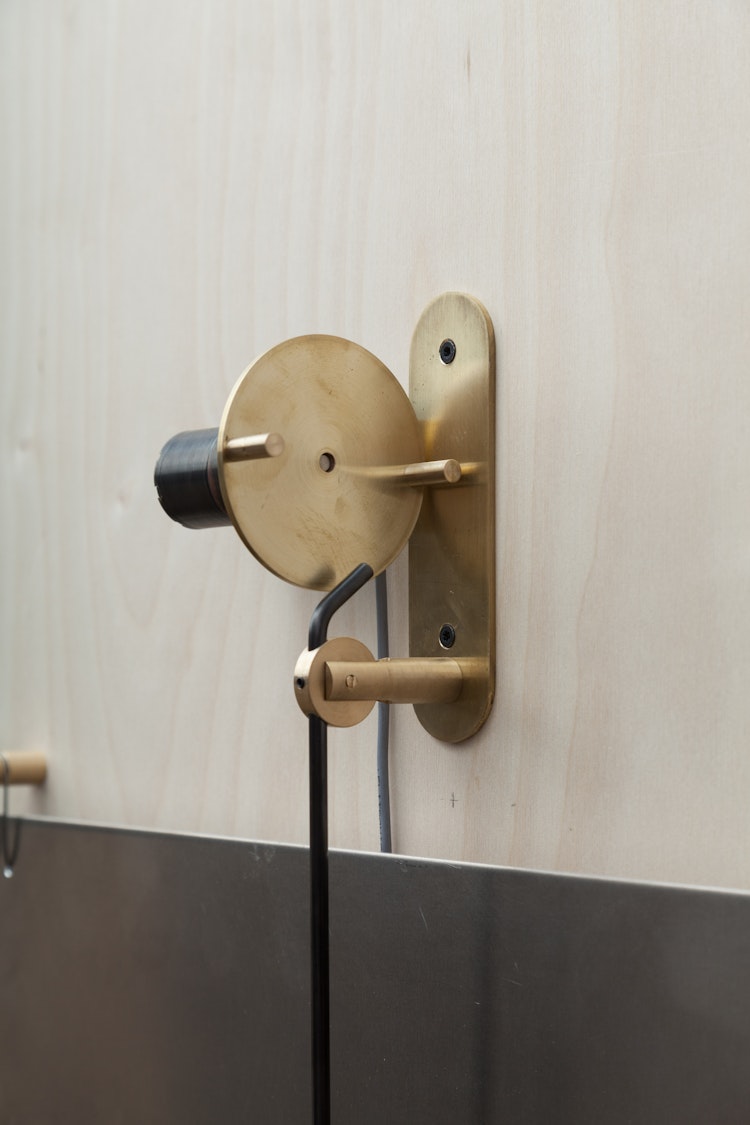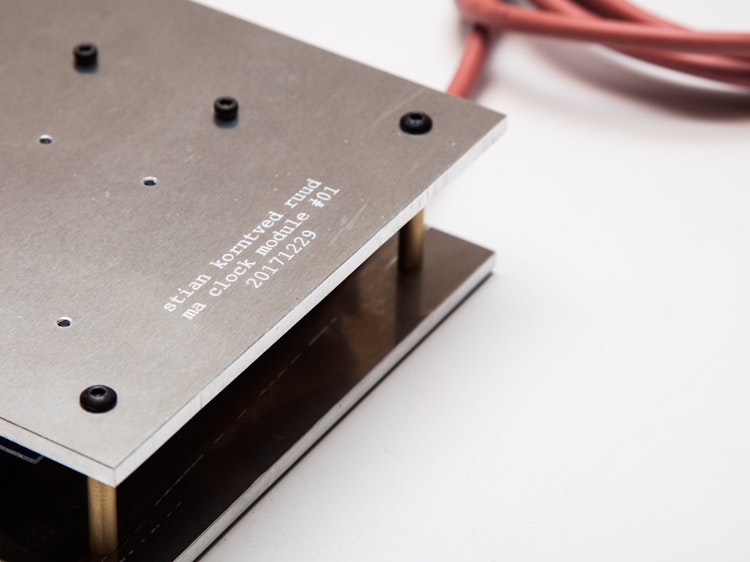

Tora Endestad Bjørkheim and Johnny Herbert
Stian Korntved Ruud’s practice, both alone and as part of Kneip studio with Jørgen Platou Willumsen, emerges from his formal education in product design at Oslo and Akershus University College of Applied Sciences, and his period of study at Oslo School of Architecture and Design. Yet it is through his curiosity and involvement in artistic research that his practice has become as exploratory as it is today.
‘My work is now often research driven. But I combine the research with a desire to learn both new and traditional industrial manufacturing techniques and, sometimes, certain newer technologies. The subjects of my research are very often everyday objects, resulting in reflections on why things are as they are, or how they can be altered.’
Prior to his formal studies, such curiosity was also evident in makers and tinkerers on both sides of his family.
‘All my life I’ve been interested in taking things apart to see how they work and how they are constructed. This, combined with inspiration from an art- and craft-interested woodcarving Danish grandfather on my mother’s side and a bus-mechanic grandfather on my father’s side, made me want to be an inventor as a kid. I guess that’s one of the reasons I took the design path.’
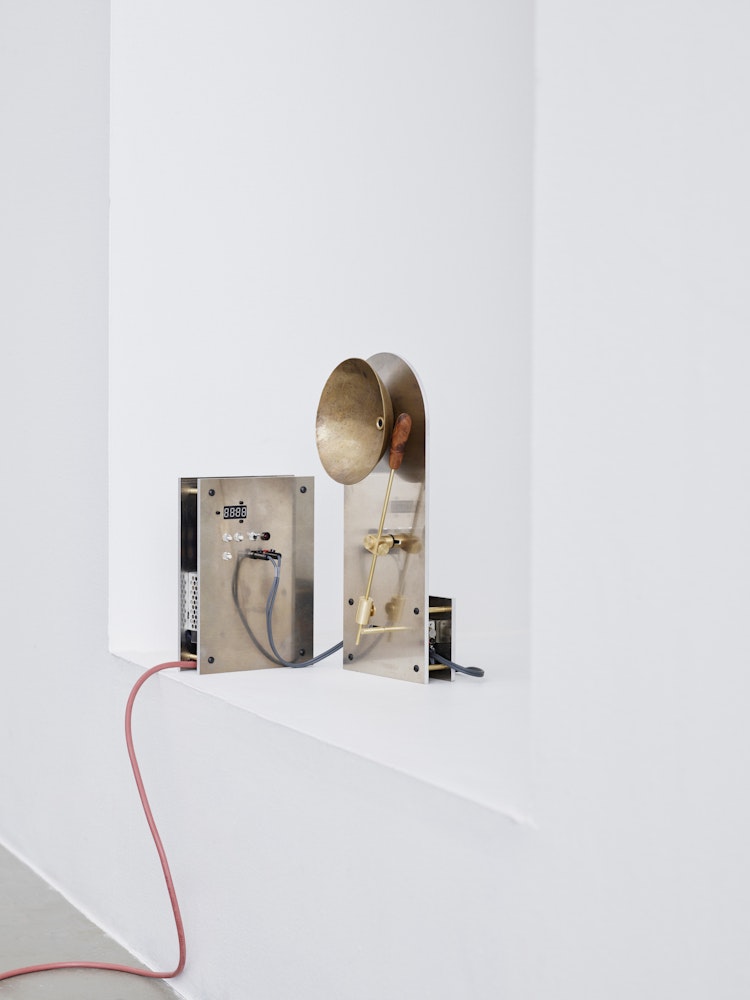
Natural processes
But this has not led to conventional design jobs or projects. After working as an intern at a large design company in London, Ruud was left feeling ambivalent about mass production. He wanted to focus more on the craft-side of things.
‘I had a great time in London and got to know some good people, but saw that this field of work was not going to be my focus. I wanted to be more in control with my own two hands, not dependent on other people. I think we are all responsible for the objects we set out in the world — this would be a bit hard for me to control in a big business driven by growth.’
This led to him co-found, with Jørgen Platou Willumsen, the art, craft and design studio Kneip in 2014. The partners focus on small-scale functional objects as well as on sculptural work. In addition to these projects, Ruud supports himself by producing commissioned works. He has also been fortunate to receive work grants. Lately, he’s been making ‘props/machines’ for an animation/film production studio. He very much likes the variation of doing such commissioned work alongside self-driven projects, as it allows him to become familiar with new materials, fuelling his inquiry into their ‘inherent properties’:
‘The materials I use are often chosen because of their inherent properties, mainly natural materials like wood, metal, wool, and so forth. I seldom use paints, preferring natural processes of oxidation or other traditional processing techniques. I am always on the lookout for new materials and want to get to know their properties. I love working with hand tools when getting to know a material, but I also use power tools like lathes, mills, grinders and the like if they can get me closer to where I want to go.’
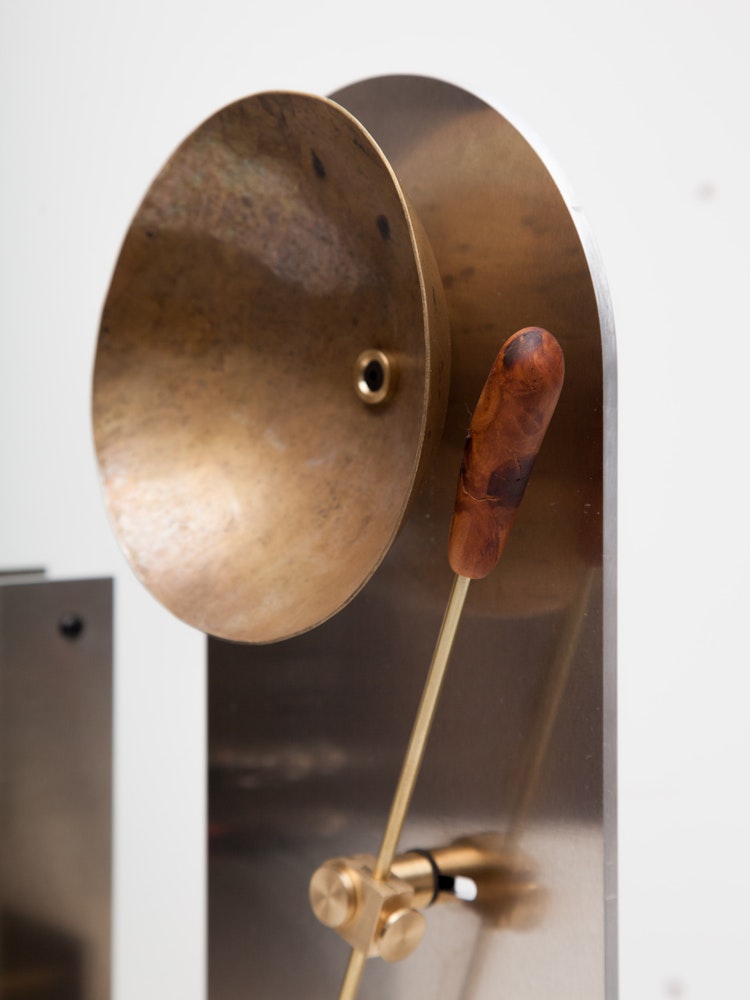
Altering everyday things
The more explicitly functional quality of some of the objects he crafts even extends to making tools for working with the materials in his studio:
‘Making my own tools is an important part of my process, enabling me not only to understand why they are made as they are, but also to modify and alter the limits of the specific tooling, and with that, to open up new possibilities.’
This literal retooling resonates with his initial comment about wanting to find out ‘why things are as they are, or how they can be altered’. This attitude moves away from the aesthetic remnants of the foundational Adolf Loos- and Bauhaus-inspired approach still so prevalent in much design work: the striving for so-called functional essences or notions of ‘purity’ (but not permanence) – Ruud prefers a never-ending practice of exploration:
‘What I mean by “alter” is to explore. I don’t think there is ever an ultimate solution – there’s a value in just exploring. By altering everyday things and solutions, I hope people can reflect on why things are as they are and to realize that there is not always a clear logic to why things end up as they are. This hopefully makes people think about their surroundings.’
For Ruud, therefore, form is a result of materials and his ability to work with them:
‘In many of my projects, the form and materials used are the result of problem solving. I often choose materials according to their properties and how I am able to form them. The machine-made items are often combined with organically hand-shaped elements. I have always had a fascination for combining generic elements with handmade and organic forms.’
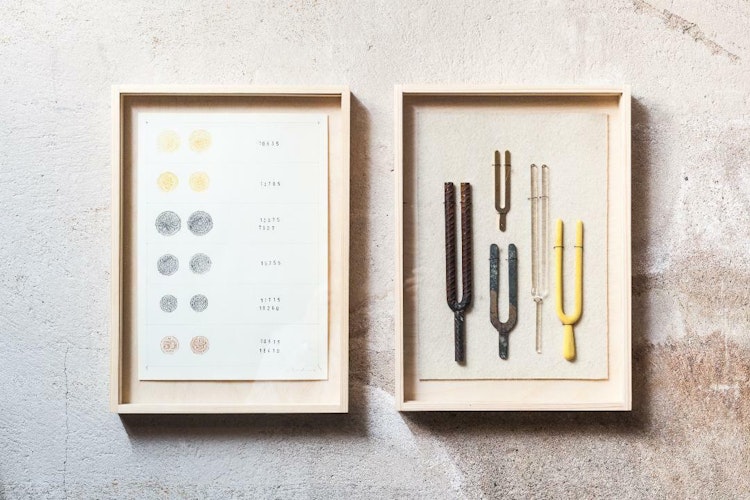
An autodidact ethos
But it is worth returning to the previous critical line of enquiry: Ruud accepts that the ‘simple’, ‘organic’ or ‘natural’ aspect in minimalist-type designs propagated by that which is often called ‘Scandinavian Design’ do still paradoxically often find ways to secrete a limited product lifespan in apparently supra-functional, ‘timeless’ objects.
‘It's no secret that I like minimalism myself, but Nordic/Scandinavian design has been abused for a long time, and in many cases, only the language of the form remains. When I make everyday objects for small- or large-scale production, it is important to me that they have a long lifespan.’
This places significant demands on his formal considerations, particularly when paired with his autodidactic ethos:
‘Forms are often the result of what I can make at my workshop or of a specific new technique I want to learn. By making everything myself, from the engineering and construction of a wood twister to developing special microphones for recording sound (as in my current project), I gain insight into how things are put together. I am a big believer in learning things for myself, when possible, instead of having too many experts involved who are used to doing something in a specific way.’
Stian Korntved Ruud, 'Ma Bell #03 (chime)', 2017. Steel, aluminium, brass, electronics, wool felt. 60 x 120 cm. Photo: Courtesy of the artist.
'Ma Bell #03 (chime)' is one piece in a series of doorbells that explores the everyday ceremony of someone on the outside of a built structure giving someone on the inside a sound experience. When the button is pressed, the arm on the bell raises and swings down on the aluminium panes, working like a ‘gong’.
Material-Acoustic
The construction of special microphones is part of Ruud’s current exploration of sound. His works at Norwegian Presence1 show some of the fruit of his explorations:
‘The works I will be showing in Milan are elements from a bigger, ongoing project with the working title Material-Acoustic. The project will be presented in its entirety in early 2019 at Galleri Format in Oslo.’
He goes on to introduce some of the key notions, processes and initial pieces in the Material-Acoustic project:
‘Objects around us have specific resonating frequencies depending on their form and materials. These sounds contribute to the soundscape we live in and travel through every day: coins hitting surfaces, fire alarms, dishwasher beeps, doorbells, ringing phones, door handles, door squeaks, door bangs, fans, cars, and so forth. I have begun investigating and gathering sounds of materials, objects and rooms in addition to seeing how we interact with some of the “sound giving” objects around us. This research is being used to develop sculptures and functional everyday objects. The pieces I will show in Milan are a doorbell, a clock and two framed images showing some of the research – the use of tuning forks in the production of sounds, for example.’

